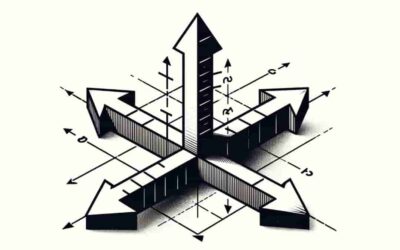In mathematical terms, the members of sets are called elements. A set is represented by enlisting its member elements within curly brackets. There are three general conventions adopted for set representation – Roster, Ellipsis & Set-Builder form.
Roster form {a,b,c}
All elements are listed within curly brackets.
When the number of elements is less, it is often convenient to list all of them within brackets.
Ellipsis (…) form
This form uses the ellipsis notation (3 dots) to represent a series of numbers that appear in a sequence and whose next element is obvious from the pattern or has been explicitly specified in the set definition and is easily understood.
The last element can be specified for the finite set or be unspecified in case the set represents an infinite set of elements.
Set-Builder form
The set builder form specifies a predicate that establishes or lays out the rule or criteria for an element to be a member of the set. The notation uses a variable, colon(:), a pipe(|) separator, and a predicate that specifies a mathematical expression to compute the qualifying members of the set.
In the simplest form, it is represented as: { x ∈ Y | f(x) } where f(x) is a rule (mathematical equation, formula, fact, etc.) and Y is the domain of the function f { i.e. the group of values over the function f can take values. }
EXAMPLES
Roster form
- The set of all vowels can be represented as S:{a, e, I, o, u}
- The set of all odd numbers greater than 5 but less than 13 can be represented as S:{7, 9, 11}
Ellipsis (…) form
1. { 1, 2, 3, …, 1000 } is the set of all Natural numbers less than or equal to 1000.
2. { 2, 4, 6, … } is the set of all even integers greater than 0.
Set-Builder form
S = { x | x ∈ N } → The set of all natural numbers
S = { x2 | x ∈ N} → The set of squares of all natural numbers
S = { 2x + 3 | x ∈ N , x < 100 } → The set of all numbers which satisfies the equation 2x + 3 where x is set of all natural numbers less than 100.




0 Comments